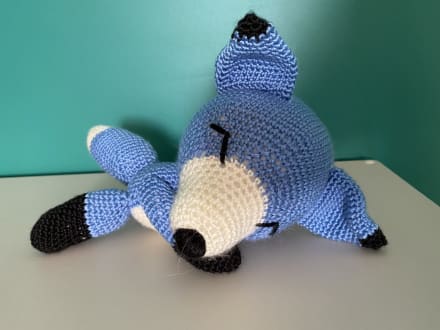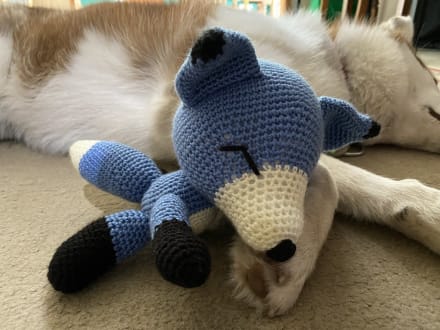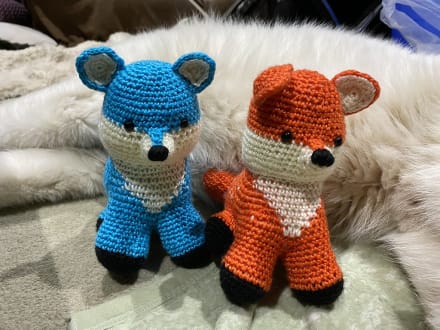A note from Kathleen: I’m busily taking photos for the Interweave Knits Fall Galleries, and I’m here to say that everyone LOVES the Breacan Swing Coat. It’s flattering to so many figure types and the weight of it is perfect for fall to early-winter—even here in Spokane where winter can come on like a lion! Almost everyone in the galleries loved this coat, and when asked what they would change, they said “nothing” or ” try a different color combo.”
So I’m really excited that editor Eunny Jang chose it for her sweater workshop for this issue of Knits. She’s here to talk about the coat in-depth, including tips on color combinations!
 |
|
| The Breacan Swing Coat |
The Breacan Swing Coat
Gwen Bortner’s Breacan Swing Coat in the Fall 2010 issue of Interweave Knits is a real stunner—on every level. Let’s break it down.
1) Silhouette. The swing coat shape is a classic, for good reason—fitted at the shoulders for neatness but generously proportioned at the hem, swing coats flatter nearly everyone.
A dramatic collar and buttons keep the attention above the waist, while the extra room provided by the A-line shape and open bottom ensures that the coat moves well and doesn’t bind, even if you’re sitting down.
Swing coats focus attention on the slenderest parts of hourglass- and pear-shaped bodies, give gentle curves to those with straight figures, and skim over pregnant bellies—it’s a wonderfully versatile shape that makes for a practical, pretty staple.
 |
 |
 |
|||
| Straight figures | Curvy figures | Mommas-to-be |
2) Yarn. The sample sweater uses a lofty, organic, merino singles yarn, Zitron Nimbus—it’s just one step removed from untwisted roving, making it wonderfully light and soft. Because this jacket requires double stranding the yarn throughout, the extra loft helps keep the fabric wearable.
 |
|
| Two-color combo |
|
 |
|
| Four-color combo |
|
3) Technique. Gwen riffs off woven tartan with the fabric of this jacket: Horizontal and vertical stripes join and split to form areas of intense color and areas of marl. Working with two colors, say yellow and gray, this gives you three color options: solid yellow, solid gray, and yellow-and-gray marl. This type of pattern is often worked with stranded colorwork, which has a finite limit on the number of colors that can be carried per round.
In this jacket, Gwen approaches the same idea in a different way: The jacket is worked in vertical intarsia stripes and plain horizontal stripes at the same time. This increases the number of possible vertical colors to, theoretically, as many as you want. At the same time, the jacket is worked with two strands held together throughout, which mixes vertical and horizontal color stripes in a very simple and graphic way.
The Breacan Swing Coat uses just four colors of yarn—two brights and two grays. Each color is used both as a vertical stripe and as a horizontal stripe. The finished fabric, however, has ten unique colors in it, since every color is at some point combined with every other color.
4) Color fun! Because the color formula for this jacket is so easy to understand but produces such a rich-looking result, it’s a great canvas for experimentation. The basic formula of two neutrals plus two brights in the same color family is a good place to start.
Or you could use two brights in different families; or you could get rid of your neutrals and use all brights; or you could go understated in elegant neutrals! We’ve done some magic below to show you how these combos might look:
 |
 |
 |
 |
| Two neutrals + two brights | Two brights in different families | Four brights | Four neutrals |
The choice is yours. At Interweave Knits, we love sweaters that you can put your own stamp on—subscribe now and make sure you don’t miss your perfect sweater.
How will you knit the Breacan Swing Coat? Leave a comment below and let us know.
— via Knitting Daily
















 RSS – Posts
RSS – Posts